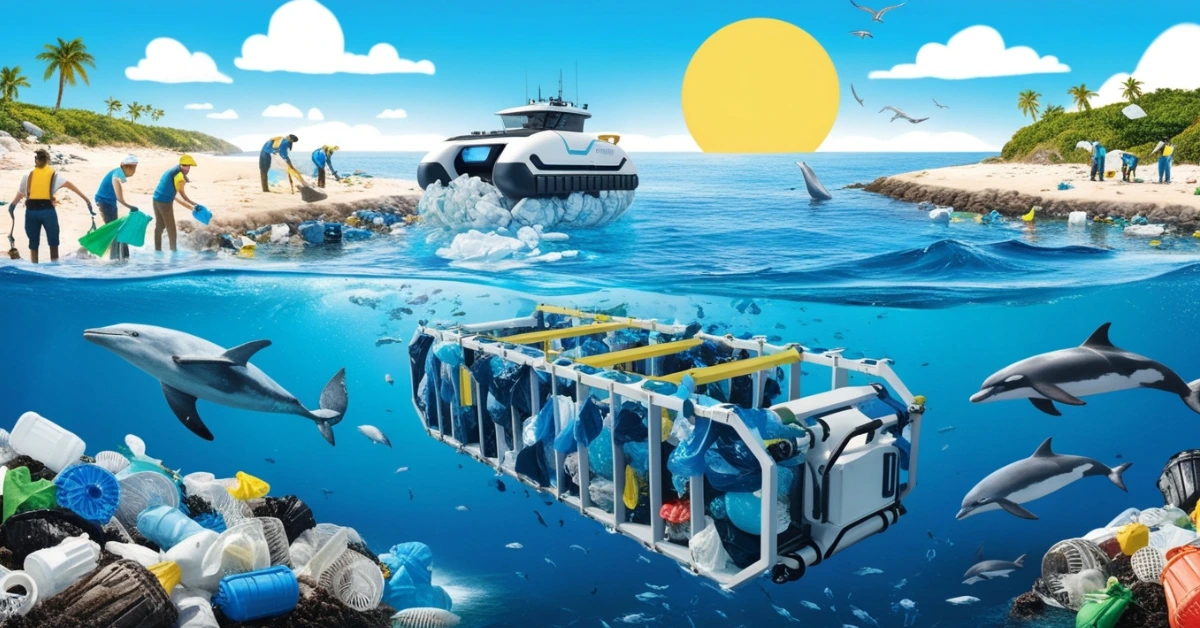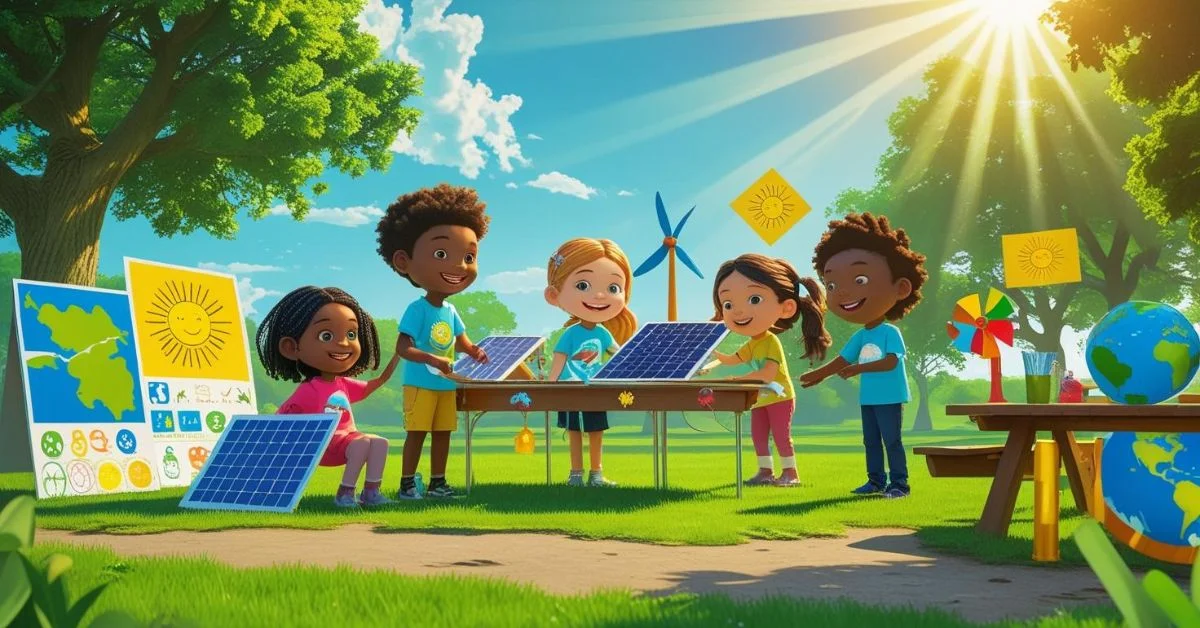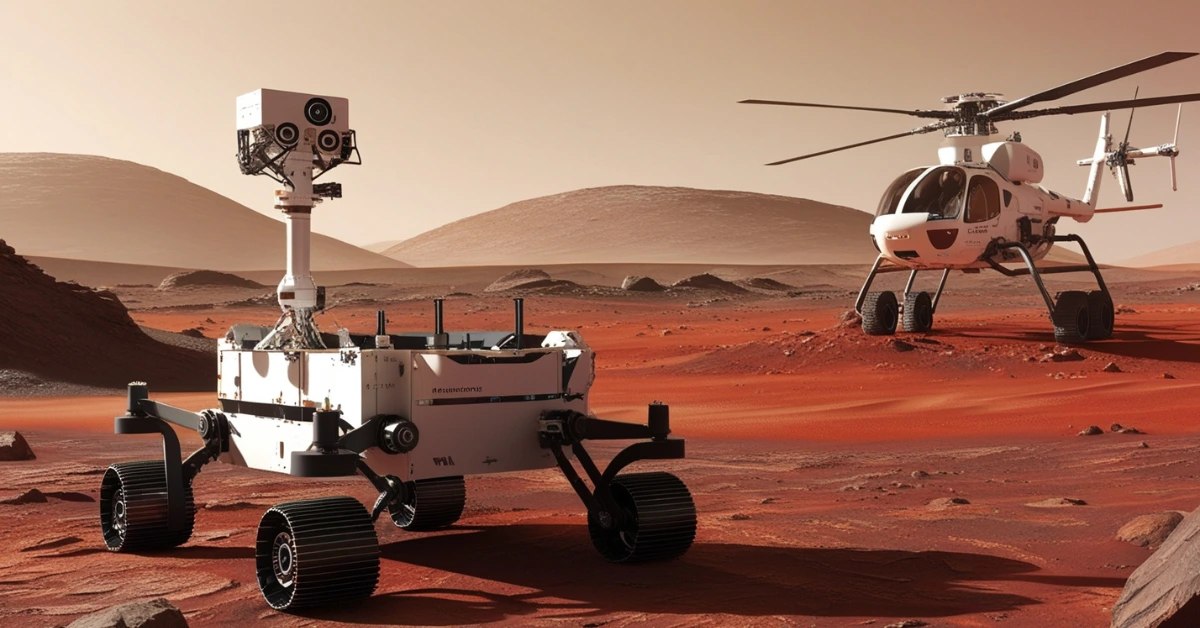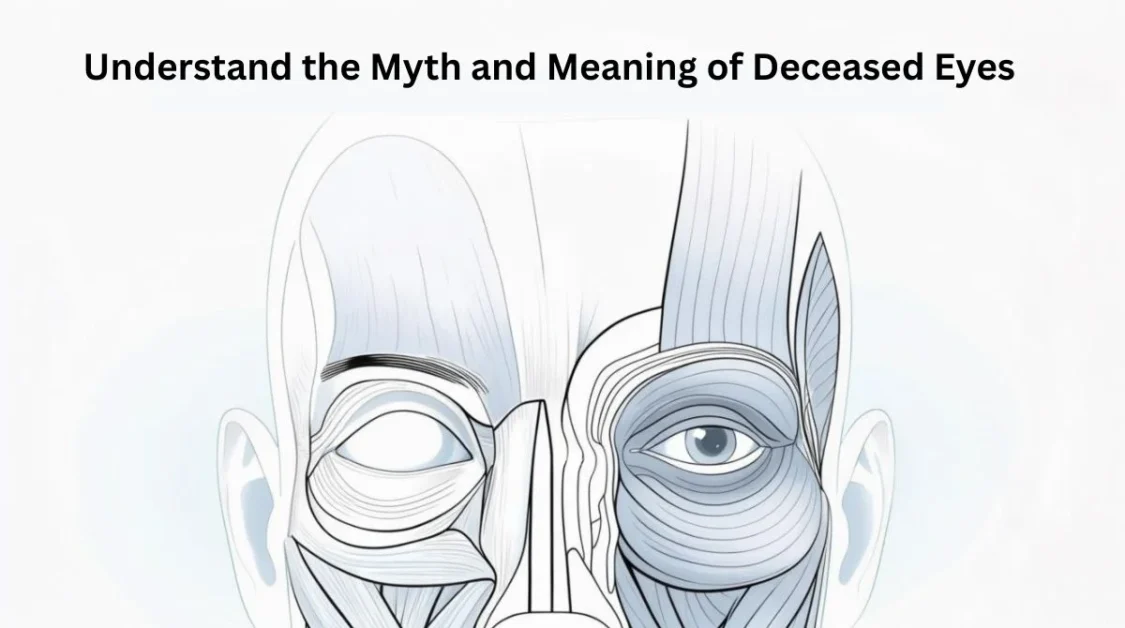Our oceans are vital to life on Earth, covering more than 70% of the planet and producing over half the world’s oxygen. Yet for decades, they’ve been overwhelmed by pollution, especially plastic waste. From massive garbage patches floating in the Pacific to microplastics hidden in seafood, the crisis is global. Fortunately, there’s hope. Around the world, scientists, activists, and inventors are teaming up to clean our seas.
Why Ocean Cleanup Matters?
Before we dive into recent achievements, it’s important to understand why ocean cleanup is vital:
- Marine Life Protection: Plastic and other waste harm marine creatures. Many marine animals like turtles, fish and seabirds often confuse plastic waste with food, which can lead to serious health issues or death.
- Human Health: Microplastics have entered our food chain through seafood.
- Tourism and Economy: Clean oceans attract tourists and support coastal economies.
- Climate Impact: Healthy oceans absorb carbon dioxide and help regulate the Earth’s temperature.
Now, let’s explore how recent ocean cleanup efforts are turning the tide.
Focus on Prevention: Stopping Pollution Before It Starts
Cleaning up existing ocean waste is only part of the solution. Preventing more trash from entering the water is even more effective.
Prevention Strategies:
- Bans on Single-Use Plastics: Many countries have banned plastic bags, straws, and cutlery.
- Plastic Alternatives: Companies are switching to paper, bamboo, and biodegradable materials.
- Improved Waste Management: Cities are investing in recycling programs and better trash collection to stop waste from reaching rivers and oceans.
- Education and Awareness: Schools and media campaigns are teaching people about the impact of ocean pollution.
By stopping the problem at the source, we can make sure future generations don’t inherit polluted seas.
The Ocean Cleanup Project: Making Big Moves
A leading effort in tackling ocean pollution is The Ocean Cleanup, an organization started by Dutch innovator Boyan Slat. This non-profit organization is focused on developing advanced systems to remove plastic from the oceans and prevent it from entering in the first place.
Recent Achievements:
- System 03 Launched: This upgraded version of their ocean-cleaning system can remove more plastic faster and over a wider area. It operates in the Great Pacific Garbage Patch and collects thousands of kilograms of plastic with each deployment.
- Plastic Removal Milestone: As of 2025, The Ocean Cleanup has removed over 300,000 kilograms of plastic from the ocean.
- River Interceptors: These are solar-powered machines placed in rivers to catch waste before it reaches the ocean. They’ve been deployed in countries like Indonesia, Vietnam, Jamaica and Malaysia.
These successes prove that with the right tools and determination, large-scale ocean cleanup is possible.
Comparison of Major Ocean Cleanup Technologies
| Country | Key Efforts | Goal/Impact |
| Indonesia | River interceptors, community cleanups | Reduce marine plastic waste by 70% (by 2025) |
| The Netherlands | Home of The Ocean Cleanup, tech innovation | Pioneer in floating cleanup systems |
| Philippines | Manila Bay restoration, volunteer beach cleanups | Thousands of tons of waste collected |
| Norway | National recycling programs, bottle-return systems | 97% of plastic bottles are recycled |
| Kenya | Ban on plastic bags and awareness campaigns | One of the strictest plastic laws globally |
New Technologies Leading the Charge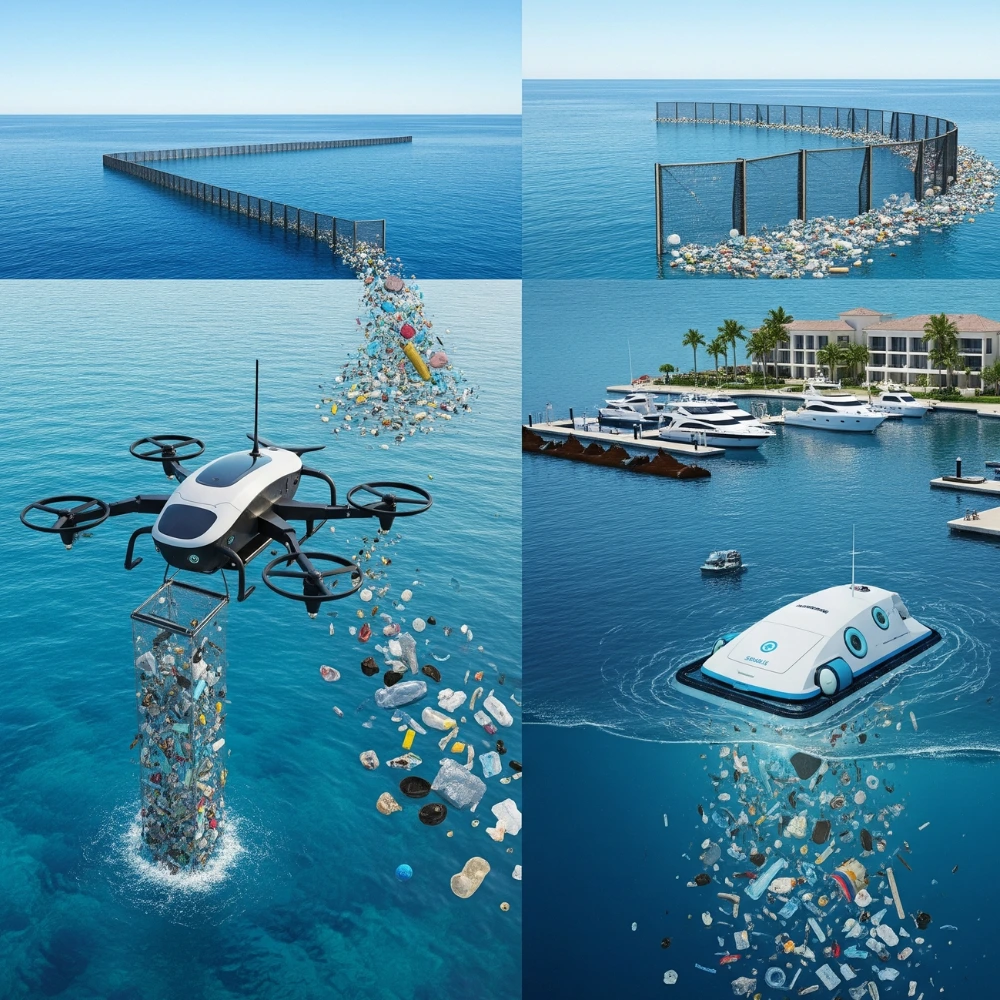
Technology has played a key role in fighting ocean pollution. Here are a few innovative solutions being used around the world:
1. The Seabin Project
- This project places floating bins in marinas and ports to collect trash, oil and microplastics.
- A single Seabin can catch over 1 ton of waste each year.
- These devices have been deployed in more than 50 countries around the world.
2. WasteShark by RanMarine
Designed with inspiration from nature, this aquatic, drone-like robot moves through the water to gather floating debris. It has a capacity of up to 160 liters and runs on battery power, also providing useful data on water quality as it operates.
3. Cleaning Robots
Several start-ups are building AI-powered ocean robots that can navigate autonomously and collect floating plastic using nets or suction systems.
River Interceptors: Stopping Trash Before It Reaches the Ocean
Another big win in ocean cleanup comes from stopping the waste before it enters the sea. Most ocean plastic comes from rivers, especially in Asia and Africa. To tackle this, many organizations are installing river interceptors, floating machines that catch trash as it flows downstream.
Interceptor Projects in Action
- Indonesia’s Citarum River: Known as one of the most polluted rivers, it’s now cleaner thanks to barriers and conveyor belts collecting plastic before it spreads.
- Philippines’ Pasig River: Once a major contributor to ocean plastic, the Philippines’ Pasig River is now equipped with several interceptor units that help reduce waste entering Manila Bay.
- Vietnam and India: Pilot programs are seeing success with solar-powered machines removing tons of garbage every week.
These river-based solutions are cost-effective, easy to maintain and prevent pollution from becoming a bigger problem later on.
The Great Pacific Garbage Patch: Shrinking at Last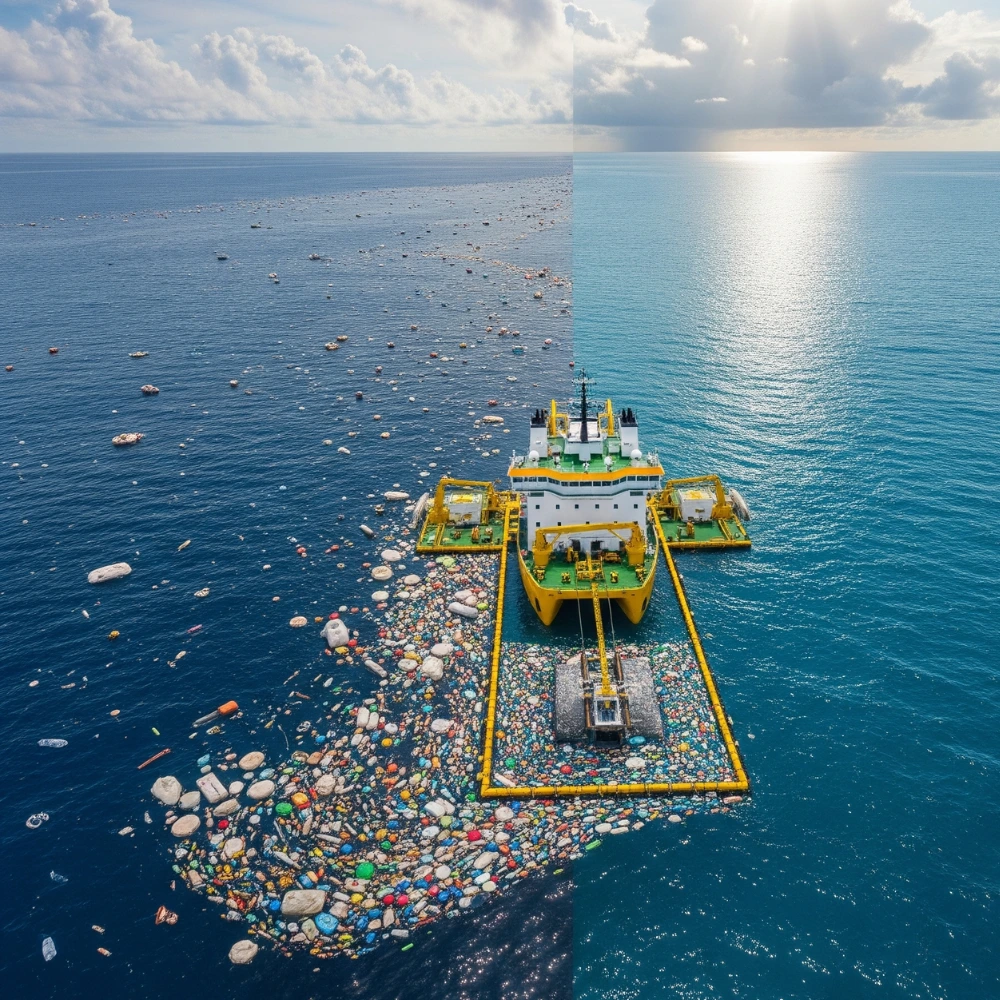
One of the most visible symbols of ocean pollution is the Great Pacific Garbage Patch (GPGP). Located between Hawaii and California, it’s a massive swirling zone of plastic waste. For years, it grew larger. But now, that’s changing.
Recent Success by The Ocean Cleanup
The Ocean Cleanup, a non-profit organization founded by Dutch inventor Boyan Slat, is finally seeing results from its long-term efforts.
- System 03 Deployment: In 2023, they launched their third cleanup system, System 03, which can capture twice as much plastic as previous versions.
- Thousands of kilograms collected: In just a few months, the system removed over 100,000 kg (220,000 lbs) of plastic from the GPGP.
- Smarter design: The new system uses GPS, sensors and computer models to locate and trap plastic more efficiently.
These achievements mean that cleanup is no longer a dream, it’s a reality in motion.
Community-Led Cleanup Movements
Not every hero builds technology or works in a lab; some make a difference with their hands and heart. Some walk barefoot along beaches, picking up trash. Around the world, community groups are organizing large-scale cleanups that bring people together and make an immediate impact.
Inspiring Grassroots Wins
- Mumbai’s Versova Beach: Once covered in knee-deep plastic, it’s now nearly clean thanks to volunteers who removed over 5 million kg of trash in two years.
- Kenya’s coastal communities: Locals are turning beach waste into bricks and tiles for homes.
- The Philippines and Indonesia: Youth-led groups are running weekly cleanups and teaching others to reduce plastic use.
These efforts show that anyone, anywhere, can be part of the solution.
Turning Trash into Treasure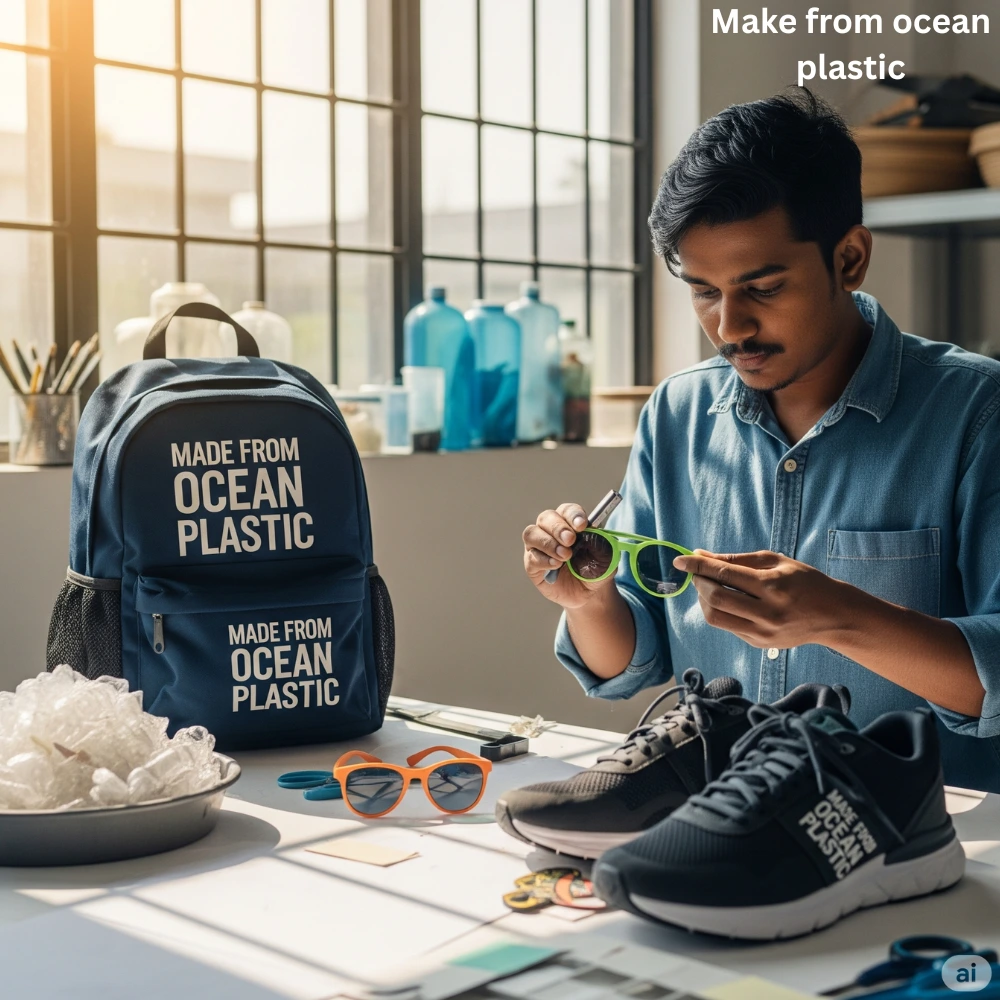
Another exciting trend in ocean cleanup is recycling ocean plastic into useful products. Instead of sending collected waste to landfills, many groups are transforming it into something new.
Examples of Reuse and Recycling
- Sustainable fashion: Brands are now making clothes, shoes, and bags from ocean plastic.
- Eco-bricks: Some communities use melted plastic to create strong, lightweight bricks for building.
- Art and awareness: Artists around the world use collected debris to create sculptures, spreading awareness in creative ways.
This approach not only cleans up the environment but also reduces the demand for virgin plastic.
Global Support and Policies
Ocean cleanup projects need funding and support. Thankfully, more governments and corporations are stepping up to help.
Positive Policy Shifts
- Plastic bans: Over 90 countries have introduced bans on single-use plastics.
- UN’s Global Plastic Treaty: More than 170 nations are negotiating a treaty to control plastic production and pollution.
- Corporate responsibility: Big brands like Coca-Cola and Nestlé are investing in cleanup projects and switching to recycled packaging.
These changes show that awareness is turning into action at every level.
What can you do?
While large projects are important, everyday people have power too. Here are some simple ways you can help make a difference:
- Reduce plastic use: Carry a reusable bottle, bag, and utensils.
- Support eco-friendly brands: Buy from environmentally conscious brands that incorporate recycled materials into their products.
- Join a local cleanup: Beaches, parks, and rivers always need volunteers.
- Educate others: Share what you learn with friends and family.
Every small step counts.
FAQs
1. What is the Great Pacific Garbage Patch?
The Great Pacific Garbage Patch is a massive area in the North Pacific Ocean where ocean currents trap large amounts of floating plastic waste. It’s one of the most polluted parts of the ocean and a major target for cleanup efforts like those led by The Ocean Cleanup.
2. How much plastic is in the ocean?
Experts estimate that over 11 million metric tons of plastic enter the ocean every year. Without urgent intervention, this amount may increase threefold by 2040.
3. What are some successful ocean cleanup technologies?
System 03 by The Ocean Cleanup for deep-sea garbage removal
- Seabin Project for collecting waste at marinas
- WasteShark for surface-level cleaning in harbors
- River Interceptors to stop trash from reaching the sea
4. Can ocean cleanup projects make a difference?
Yes! While the problem is massive, cleanup projects have already removed hundreds of tons of plastic. When combined with prevention efforts, they can greatly reduce the overall impact of ocean pollution.
5. How can individuals help with the ocean cleanup?
Avoid single-use plastics
- Recycle properly
- Join local beach or river cleanups
- Support ocean-friendly products and brands
- Spread awareness in your community or online
A Cleaner Future is Possible
The journey to a cleaner ocean is long, but recent wins prove that progress is real. Whether it’s high-tech boats in the Pacific, youth-led efforts in Asia or plastic bricks in Africa, the world is responding with creativity and care. Ocean cleanup is no longer just an idea. It’s a global movement that’s gaining strength.
